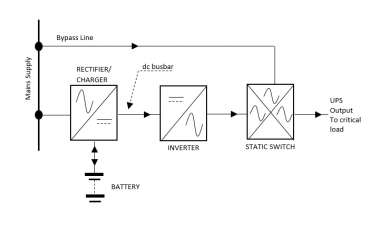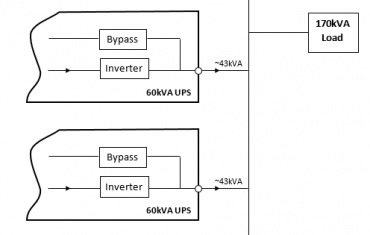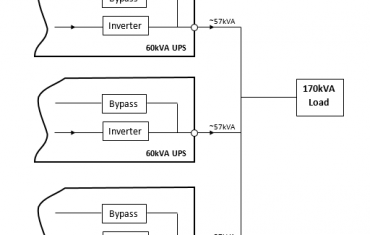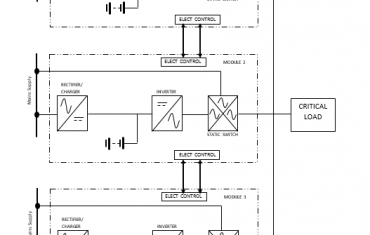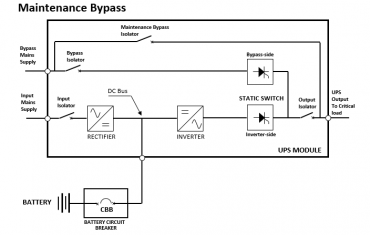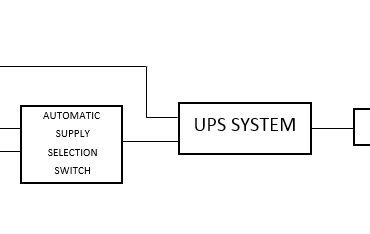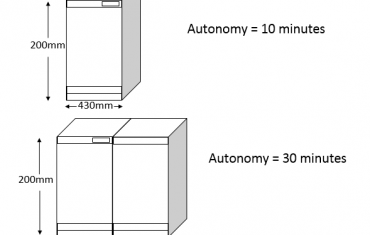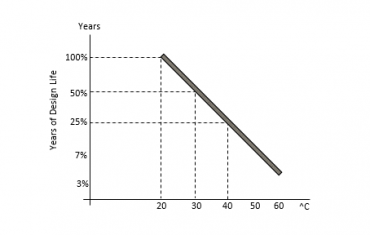UPS structure Generally, the UPS model is structured in one of three off-line, interactive and on-line modes.
Continue Readingarticles
System Redundancy
System Redundancy In a Redundant Parallel System, the number of UPS that make up the Parallel System is at least one device greater than the number required by the…
Continue ReadingSystem Capacity
System Capacity Using vehicles, you can get different solutions using your vehicles and be able to come up with different solutions.
Continue ReadingParallel systems
Parallel systems The system consists of two or more UPSs that supply the same amount of electricity as a single load group and are generally applicable to on-line systems…
Continue ReadingMaintenance Bypass feature
Maintenance Bypass feature Maintenance Bypass provides the ability to power the load from an unprotected side path when the UPS is disconnected from the circuit for service or repair.
Continue ReadingWhat if the UPS crashes?
What if the UPS crashes? Generally, the problem with on-line UPSs is that the inverter is not capable of producing the appropriate voltage or frequency in the UPS output…
Continue ReadingUPS battery autonomy time
UPS battery autonomy time UPS batteries are used to generate back-up energy by UPS during power outages. Here the battery must be capable of supplying UPS in order to…
Continue ReadingThe effect of temperature on the battery
The effect of temperature on the battery Most manufacturers set the proper temperature for the battery to operate at 20 to 25 degrees Celsius.
Continue ReadingTroubleshooting loads for UPS
Troubleshooting loads for UPS UPS is usually a flexible device, but there are certain types of loads that should not be connected to the UPS in the usual way.
Continue ReadingPay attention to the choice of reliable UPS equipment
Pay attention to the choice of reliable UPS equipment Choosing reliable equipment will affect the overall cost of your UPS system. The most important point when comparing the values of…
Continue Reading
